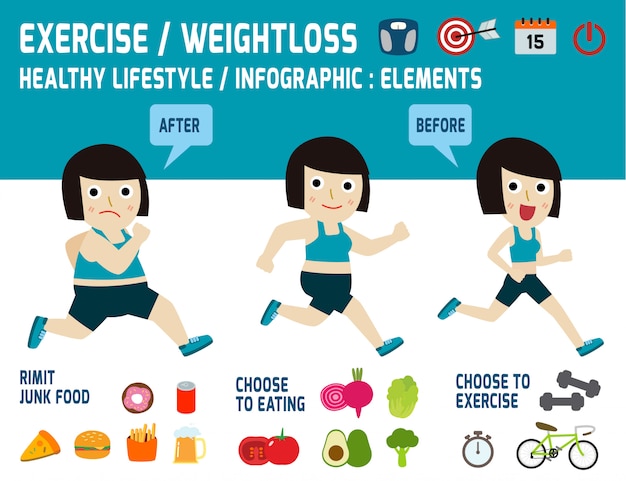The Anatomy Of A Successful Weight Reduction Program: A Scientific Point Of View
The Anatomy Of A Successful Weight Reduction Program: A Scientific Point Of View
Blog Article
Writer-Johns Fitzsimmons
Have you ever before wondered what truly drives a successful fat burning program? It's not just about cutting out carbs or striking the gym for hours on end. No, the scientific research behind it is a lot more complicated and interesting than that.
As a matter of fact, all of it boils down to one key element: the power equilibrium equation. Intrigued? Well, bend up because we're about to study the nitty-gritty details of just how recognizing this formula, in addition to the duty of macronutrients and the influence of exercise on metabolic rate, can be the game-changer you have actually been looking for.
Comprehending the Power Equilibrium Equation
To efficiently attain weight reduction, it's vital to understand the energy balance formula. This equation is the foundation of any type of effective weight management program.
It mentions that weight-loss takes place when the power you take in through food and drink is less than the energy you expend through exercise and physical functions. In less complex terms, you require to melt more calories than you take in.
This produces a calorie shortage, causing weight management. Recognizing this formula permits you to make enlightened decisions regarding your diet regimen and workout regimen.
The Role of Macronutrients in Weight Reduction
Comprehending the macronutrients and their function in weight management is crucial for making a reliable dietary strategy. Macronutrients, that include carbs, proteins, and fats, are the 3 major sources of energy in our diet. Each macronutrient plays an one-of-a-kind function in our body and influences weight reduction in a different way.
Carbohydrates: They give power and are essential for brain function. Nevertheless, consuming too many polished carbohydrates can lead to weight gain.
Healthy proteins: They aid develop and repair cells, boost metabolic rate, and advertise satiety. Including lean resources of protein in your diet regimen can aid in weight reduction.
Fats: They supply power, support cell growth, and aid soak up fat-soluble vitamins. Selecting healthy fats, such as those located in avocados and nuts, can add to weight-loss.
The Effect of Exercise on Metabolism
Regular exercise plays a vital function in improving metabolism and aiding in weight-loss. When you take part in exercise, your body's metabolic price increases, causing more calories melted throughout the day. This boost in metabolic process is because of several factors.
Initially, workout stimulates the production of muscle tissue, which is more metabolically active than fat tissue. As a result, the more muscular tissue you have, the greater your relaxing metabolic rate will certainly be.
Second, workout increases the efficiency of your mitochondria, the powerhouses of your cells in charge of creating energy. This implies that your body progresses at transforming stored energy (like fat) right into functional power.
Finally, workout also boosts insulin sensitivity, permitting your body to much better regulate blood sugar level levels and protect against excess fat storage space.
Final thought
So now you understand the scientific research behind a successful weight loss program. By balancing your power intake and expenditure, concentrating on the ideal macronutrients, and incorporating workout into your routine, you can accomplish your weight management objectives.
Think of a much healthier, happier you, dropping those additional pounds and really feeling even more confident in your very own skin. It's within your reach, so take the initial step and devote to a science-backed weight reduction program today.
